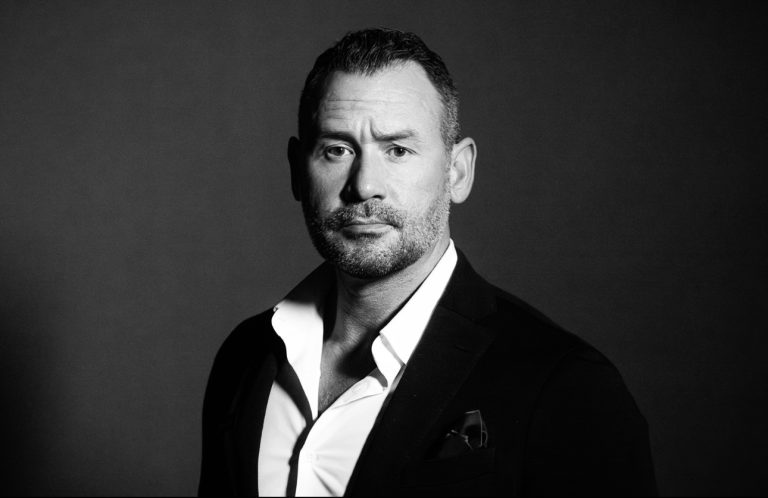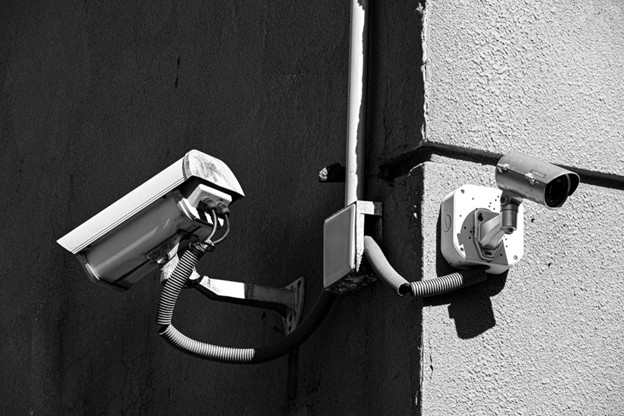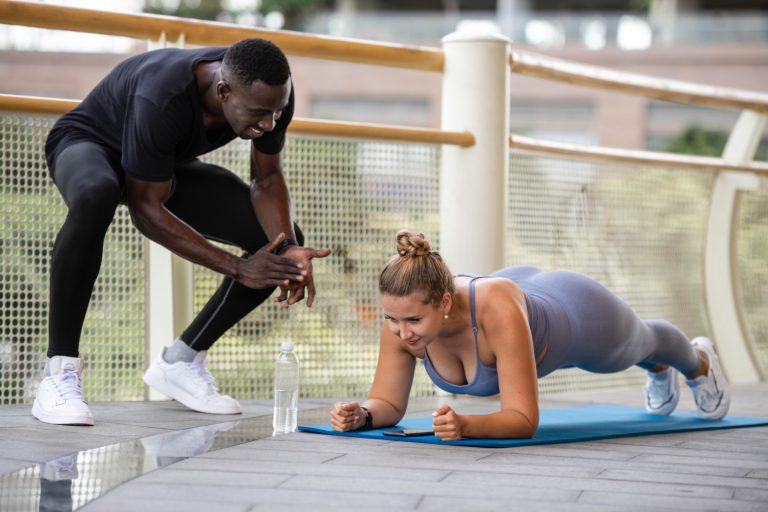
Journalism has changed immensely in the past decade. Physical newspapers are becoming obsolete, and it’s harder to make a living as a journalist than it used to be. In a recent conversation, American journalist Luis Jorge Rios shares what journalism will look like in 2021 and beyond.
First, news publications need to figure out how they will be funded. For most papers, online advertising is no longer lucrative enough to stay afloat. Subscription fees are probably the answer, but this can be hard to manage, as many readers will turn to free sites instead, shares Luis.
Journalists have to contend with recent allegations of “fake news.” Trust in the media is at an all-time low, and it’s hard to know when this will return. “We still need to report the facts, even if some people don’t like them. We can’t let misinformation rule.” In addition, news outlets are working as hard as they can to keep readers’ attention. It’s much easier to simply read headlines and keep scrolling on your Facebook than actually read a full article. “Clickbait isn’t the answer, but we need to figure out how to engage audiences, whether that be better pictures, more videos, or interesting and new perspectives.”
Despite the fact that the field is struggling, Luis remains optimistic. “Journalism is an artform, and it’s necessary in any society,” he said.
Luis Jorge Rios specializes in interviewing celebrities, including notable personalities like Mario Lopez and Mark Cuban. “It’s intimidating to meet famous people, but they’re always so kind and down to earth.” His partnership with TEDx allows him to have even more contact with influential people. He currently also works with charity organizations, and he’s raised over $1.5 million for them.





